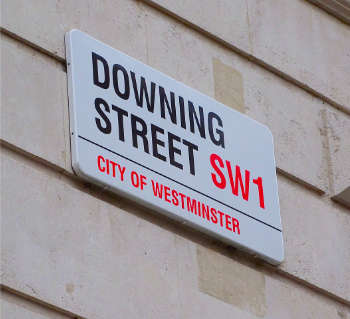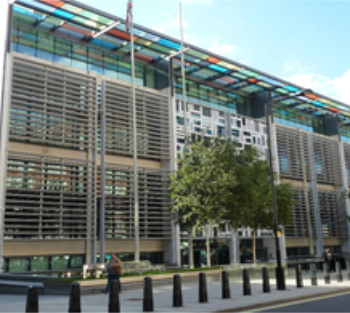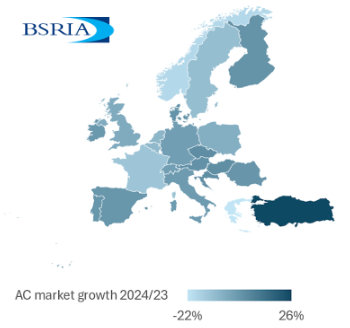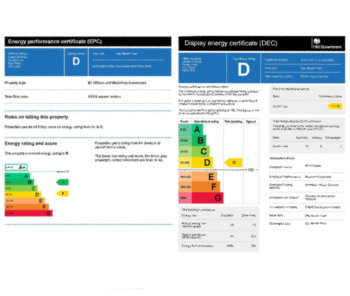Time to retrofit to secure a net zero future
Contents |
[edit] Introduction
If the UK is to have any chance of achieving its net zero carbon target by 2050, the existing building stock will have to be improved considerably with a comprehensive retrofit plan to improve thermal performance, reduce energy consumption and upgrade heating systems.
It is well known that Britain's housing stock is some of the oldest and poorest performing in Europe. With nearly six million houses built before 1919, the challenge before us is quite daunting as a good proportion of the UK's 29 million homes will need at least some improvement to reduce the 17% of total carbon emissions that comes from housing. [1]
[edit] Regulatory updates
Whilst higher standards for energy efficiency are being introduced for new build housing – the new and updated Part L of the Building Regulations for England came into force in June 2022, followed by new energy efficiency updates in Scotland and Wales in November and December 2022, and the Future Homes Standard for 2025 will require all new homes and other buildings to be built to ultra-high levels of energy efficiency, there is little to promote and deliver the improvements needed for existing buildings.
The government has a vague aim of upgrading existing homes to EPC C by 2035, but only where 'practical, affordable and cost effective'. This will require more than 15 million homes in England to be upgraded over the next twelve and a half years, but with no real strategy in place it is difficult to see how this can be achieved.
The Heat and Building Strategy published in 2021 expands on the detail of heat in buildings, but there is little on improving energy efficiency, reducing demand or the essential policy needed to support any large-scale approach to mass retrofitting.
If we are to move to a net zero carbon country by 2050 (2045 in Scotland), it will be vital to make improvements to homes and other buildings to reduce emissions. This means installing a whole range of energy saving measures; from better insulation and more efficient appliances, to replacing fossil fuelled boilers with low carbon alternatives such as heat pumps.
[edit] The role of insulation
The role of PIR and PUR insulation in upgrading our poorly performing housing stock and ensuring a sustainable future cannot be underplayed. Good insulation is essential and is one of the simplest and most cost-effective ways to reduce energy demand and cut CO2.
The lower the U-values in walls, floors and roofs, the less heat that is lost, resulting in enhanced thermal performance which in turn will help to deliver the standards required.
Highly effective and incredibly versatile, PIR and PUR insulation solutions are available in a range of forms including boards and blocks, cavity injected, composite panels, as well as spray and panel insulation. This with lambda values as low as 0.021 W/mK, PIR insulation performance can be achieved with less thickness than other commonly used insulation materials. Its exceptional insulating properties, high strength and light weight means it is used widely across residential, commercial and refurbishment projects.
Retrofitting insulation such as high-performance PIR is a valuable instrument in reducing heating demand, cutting CO2 emissions whilst addressing fuel poverty and improving comfort and wellbeing. Whether using internal or external insulation, it is vitally important the UK's housing stock is raised to an acceptable standard by making the fabric of the building as energy efficient as possible. Only then will we be able to provide a long-term asset that reduces energy usage and can be confidently passed on to future generations.
[1] Climate Change Committee’s Sixth Carbon Budget
This article first appeared in AT Journal issue 146 and was published on the CIAT website on 19 July 2023. It was written by the Insulation Manufacturers Association (IMA).
--CIAT
[edit] Related articles on Designing Buildings
Featured articles and news
Shortage of high-quality data threatening the AI boom
And other fundamental issues highlighted by the Open Data Institute.
Data centres top the list of growth opportunities
In robust, yet heterogenous world BACS market.
Increased funding for BSR announced
Within plans for next generation of new towns.
New Towns Taskforce interim policy statement
With initial reactions to the 6 month policy update.
Heritage, industry and slavery
Interpretation must tell the story accurately.
PM announces Building safety and fire move to MHCLG
Following recommendations of the Grenfell Inquiry report.
Conserving the ruins of a great Elizabethan country house.
BSRIA European air conditioning market update 2024
Highs, lows and discrepancy rates in the annual demand.
50 years celebrating the ECA Apprenticeship Awards
As SMEs say the 10 years of the Apprenticeship Levy has failed them.
Nominations sought for CIOB awards
Celebrating construction excellence in Ireland and Northern Ireland.
EPC consultation in context: NCM, SAP, SBEM and HEM
One week to respond to the consultation on reforms to the Energy Performance of Buildings framework.
CIAT Celebrates 60 years of Architectural Technology
Find out more #CIAT60 social media takeover.
The BPF urges Chancellor for additional BSR resources
To remove barriers and bottlenecks which delay projects.
Flexibility over requirements to boost apprentice numbers
English, maths and minimumun duration requirements reduced for a 10,000 gain.
A long term view on European heating markets
BSRIA HVAC 2032 Study.
Humidity resilience strategies for home design
Frequency of extreme humidity events is increasing.
National Apprenticeship Week 2025
Skills for life : 10-16 February


























